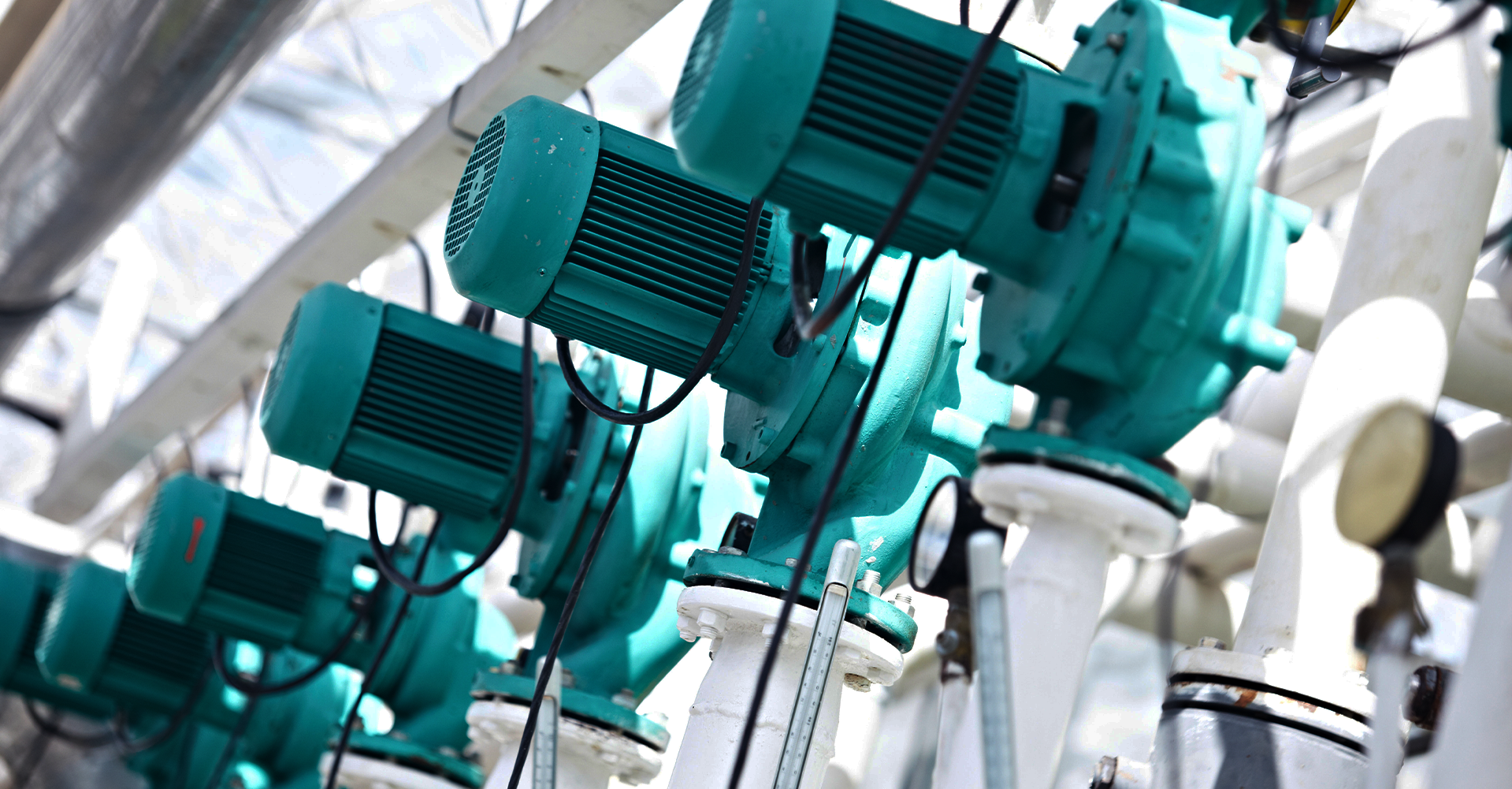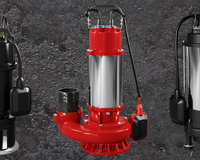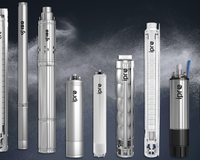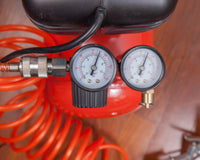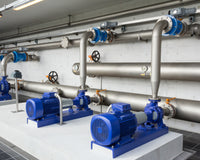Circulation of hot utility water (hot water) is a key element in installations that are to provide users with constant access to hot water without the need for waiting. In homes where the distances between the hot water container and the collection points are significant, appropriate circulation eliminates the loss of time and water, guaranteeing that hot water will be available immediately after opening the tap. DHW circulation It also brings additional economic and ecological benefits, reducing the amount of water wasted on rinsing cold water, and thus reducing water bills.
How does hot water circulation work?
The principle of action of domestic hot water circulation It consists of a constant flow of water between the tank and consumption points, thanks to which the medium cooling in the pipes is avoided. Water that is not used is in the pipes where it cools down. Circulation makes cold water back to the container, and hot water is available without delay, regardless of the distance. In modern installations, the circulation system is often equipped with additional elements, such as automatic check valves, which additionally regulate water flow, increasing the efficiency of the system.
The role of circulation pumps in the DHW installation
To ensure proper circulation in the DHW installation, it is necessary to use a circulation pump. This pump forces water flow in the installation, which makes it constantly return to the container. Installation of the circulation pump on the return in front of the tank allows you to maintain the dynamics of circulation. Thanks to this, users can enjoy warm water immediately after opening the tap, which is particularly important in larger buildings or houses with an extensive water installation.
Circulation pumps are available in various variants, depending on the installation's demand. In home systems, pumps with a capacity of 15 to 25 liters per minute are most often used, which is sufficient to ensure adequate flow in typical installations. These pumps are characterized by quiet operation and high energy efficiency, which allows for long -term and trouble -free use of the system.
Choosing the right circulation pump
Modern circulation pumps are efficient, durable and compact devices, which translates into their long -term almost trouble -free operation and simple installation on the installation. If we want to be sure that hot tap water flows on demand, choose devices made of high quality materials that have PZH hygiene approvals, are quiet, and their work parameters correspond to the real needs of installation.
Choosing the right circulation pump should be based on several key parameters. Pay attention to the pump performance, the material from which it is made, and its energy efficiency. For example, IBO 15-14 butterproof pumps with a brass body are an ideal choice for long-term operation in hot water installations. Models such as E-IBO 15-14 provide low energy consumption with performance, which is sufficient for smaller heating systems.
Circulation pumps with modern electronic control allow for precise management of water circulation in the system. These pumps can be programmed to work only at certain times of the day, for example in the morning and evening, when the demand for hot water is the highest. In this way, we reduce energy consumption, which translates into lower electricity bills.
Effective circulation management
To make hot water circulation not only comfortable, but also economical, it is worth using automation. Pump controllers and thermostats can automatically manage the pump operation, adapting its operation to the needs of users. Thanks to this, the pump only works when it is necessary - for example in the morning when all household members use hot water. Also, motion sensors can automatically turn on the pump when the user enters the bathroom or kitchen. This approach not only increases comfort, but also allows savings in energy consumption.
In addition, insulation of hot water pipes is a key element that helps prevent heat loss. The insulation minimizes the cooling of water during circulation, which reduces the amount of energy needed to heat the water in the tank. Thanks to this, the circulation installation becomes more effective and the costs of its operation are lower. Automatic adjustment can be provided by: a special pump controller, thermostat, the heating device itself, which powers the water container, especially when we use renewable energy (boiler, heat pump, PV panels), as well as a motion sensor in the bathroom or kitchen that will attach the pump. The correct insulation of pipes is also important for reducing operating costs, which will slow down water cooling in the installation.
Advantages of domestic hot water circulation
DHW circulation It brings many benefits. First of all, it saves water, eliminating losses caused by the need to drain cold water before obtaining hot. In addition, it saves users time, providing immediate access to hot water. A properly designed circulation system is also more energy effective, which contributes to lowering water and energy bills.
A properly selected and mounted circulation system ensures comfort of use and significantly reduces water consumption. Thanks to modern pumps and control systems, circulation installations are becoming more and more popular in both new buildings and in modernized installations. DHW circulation It is an investment that returns in a short time, offering users not only comfort, but also real savings.

